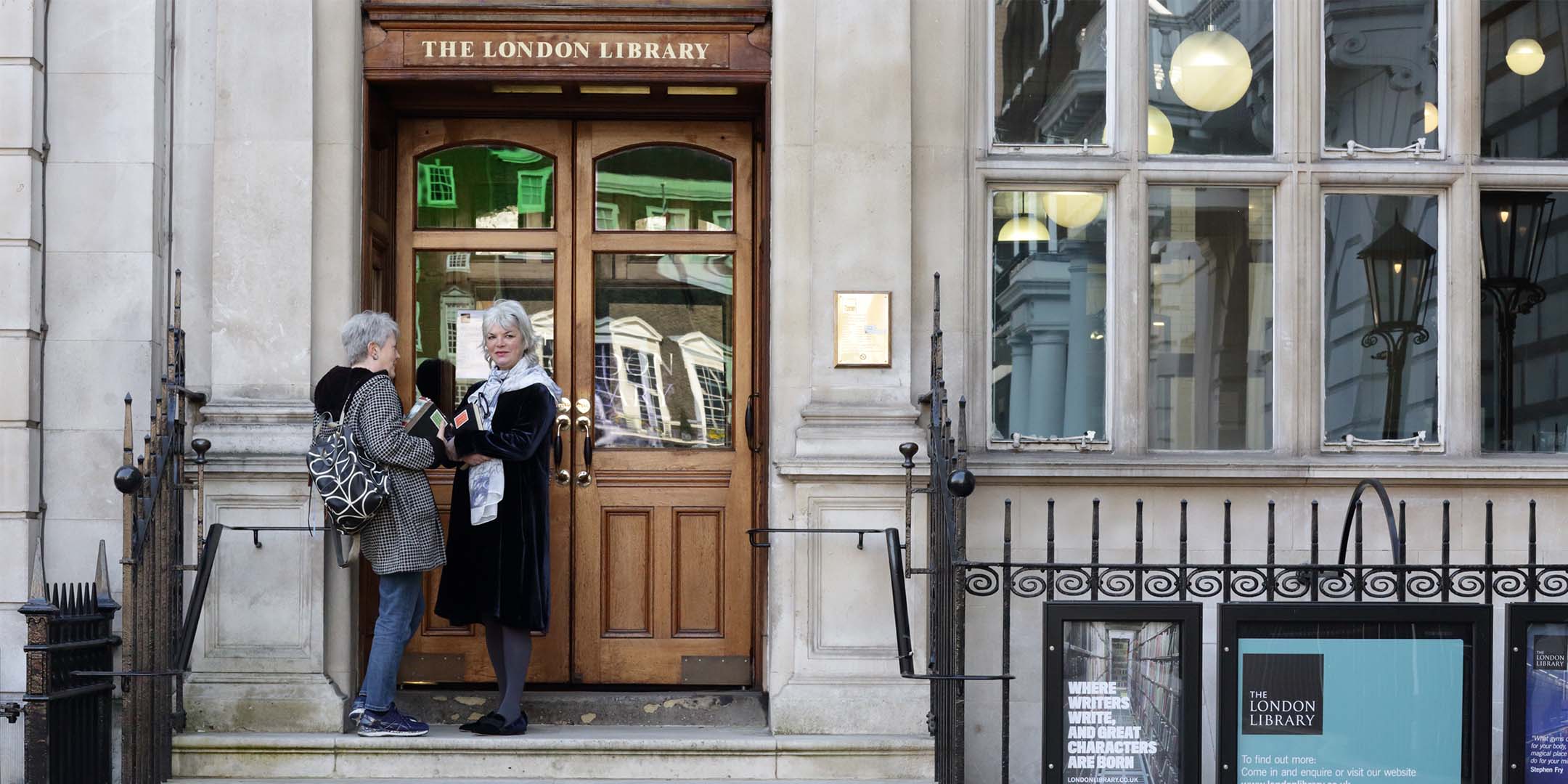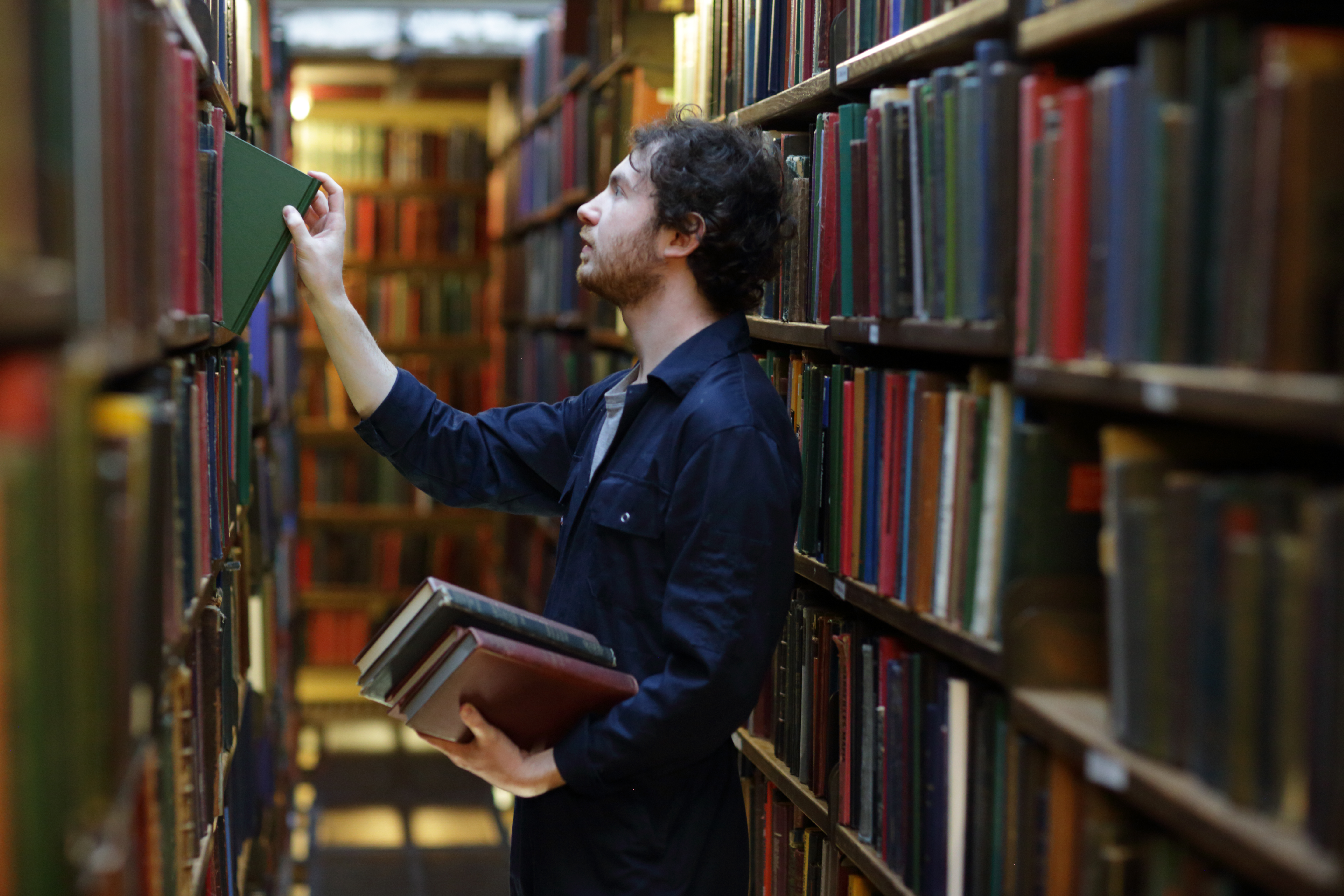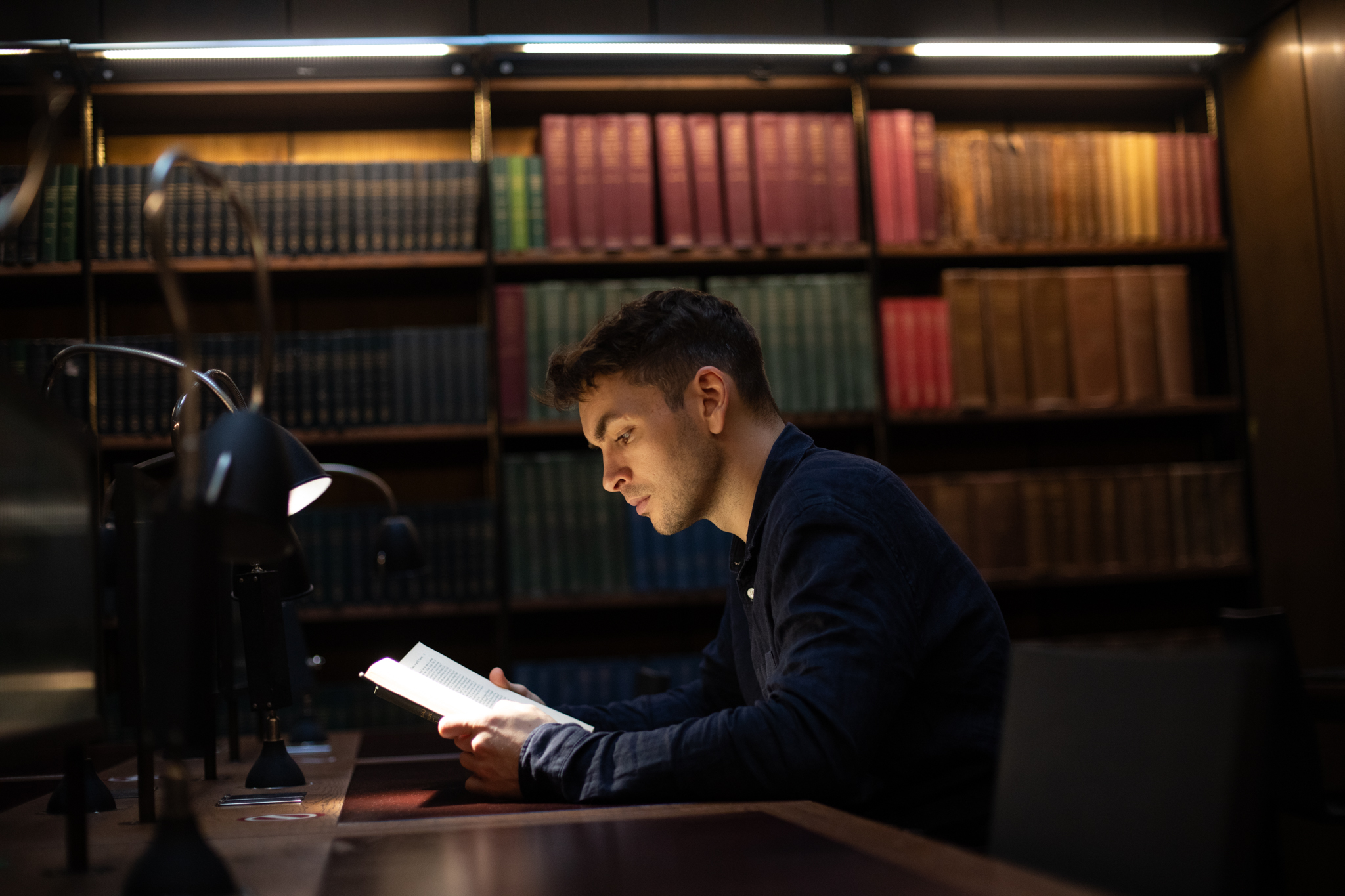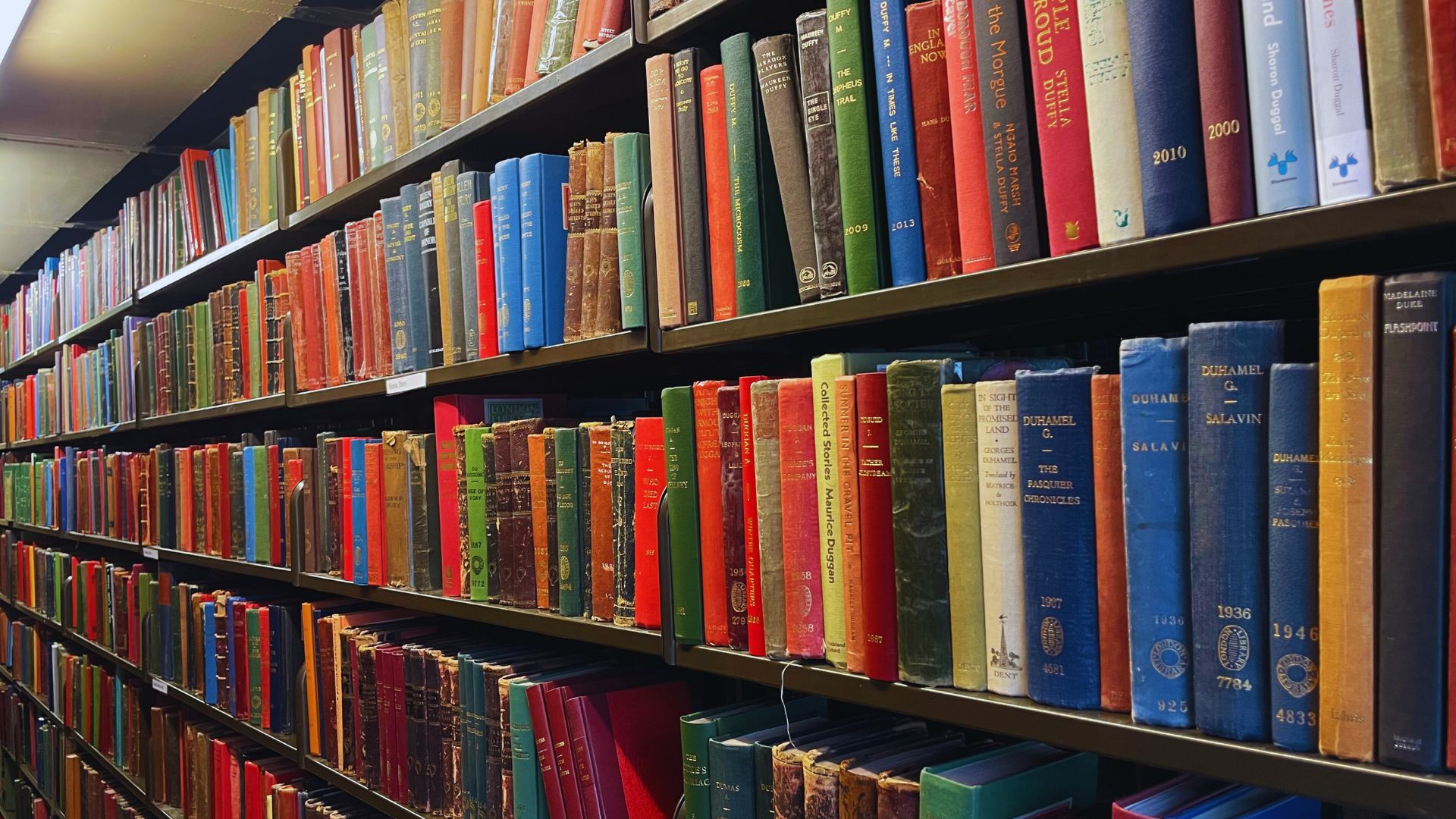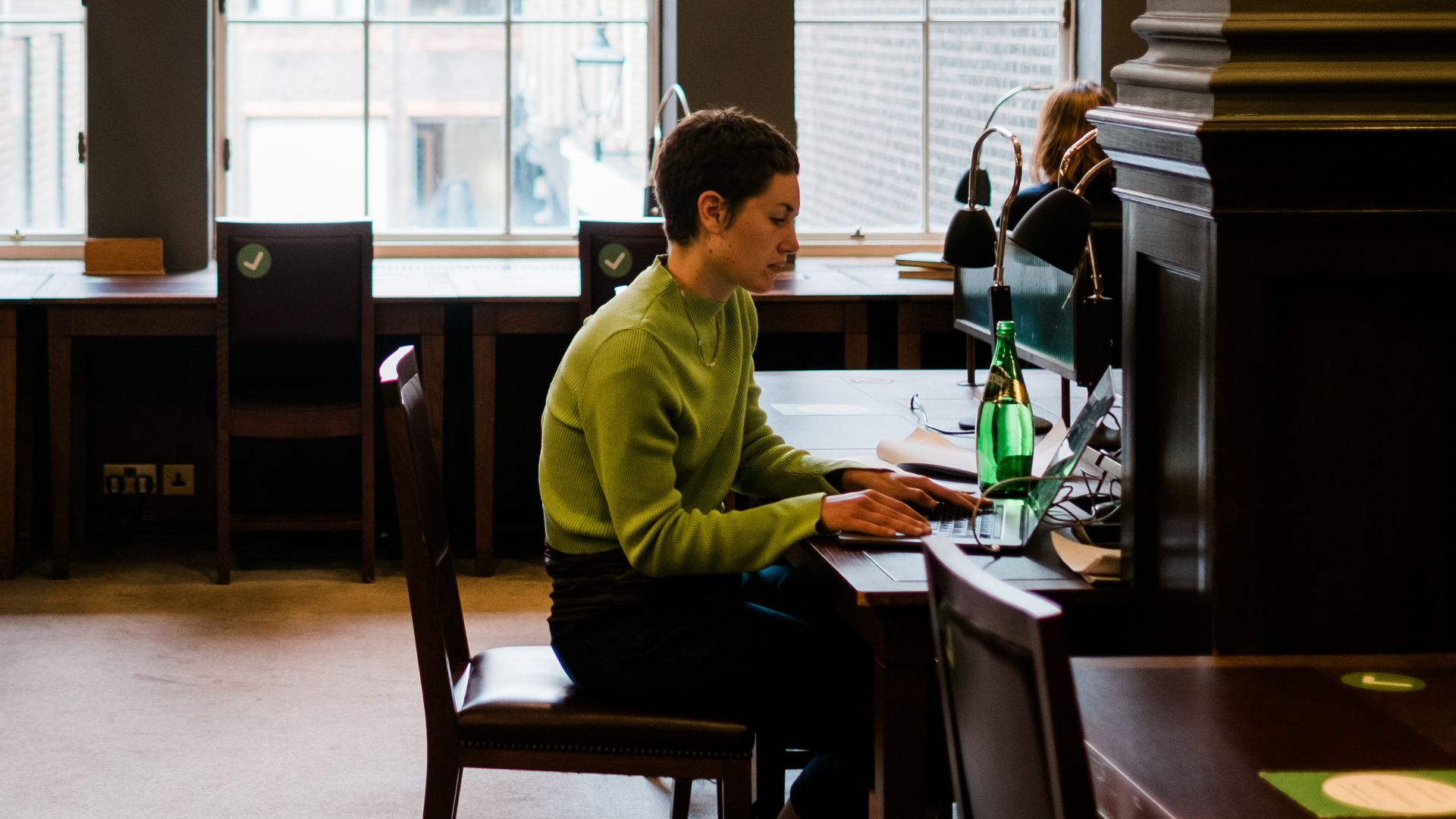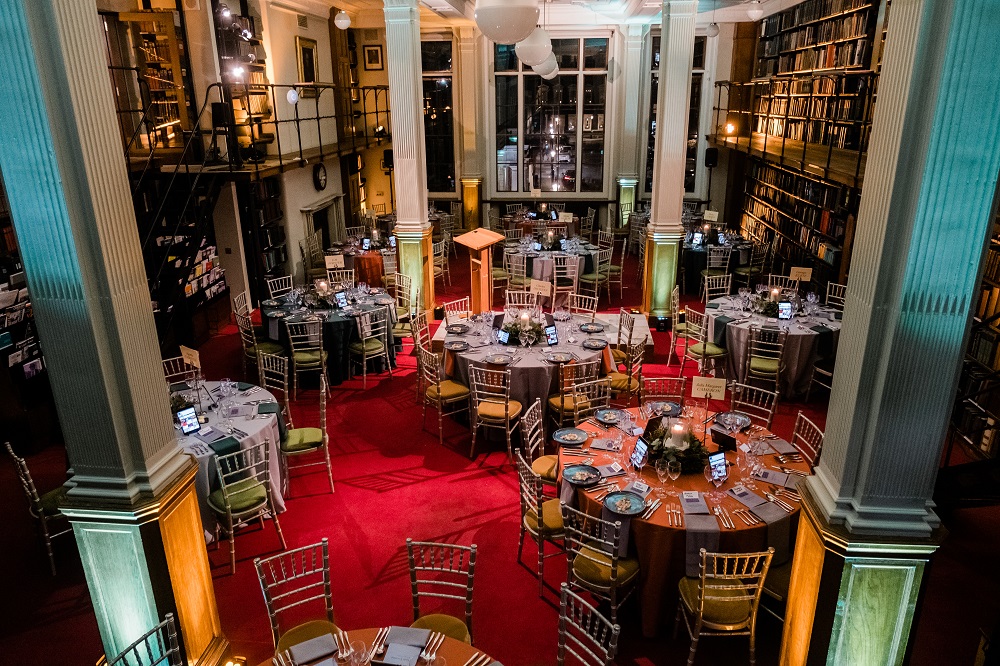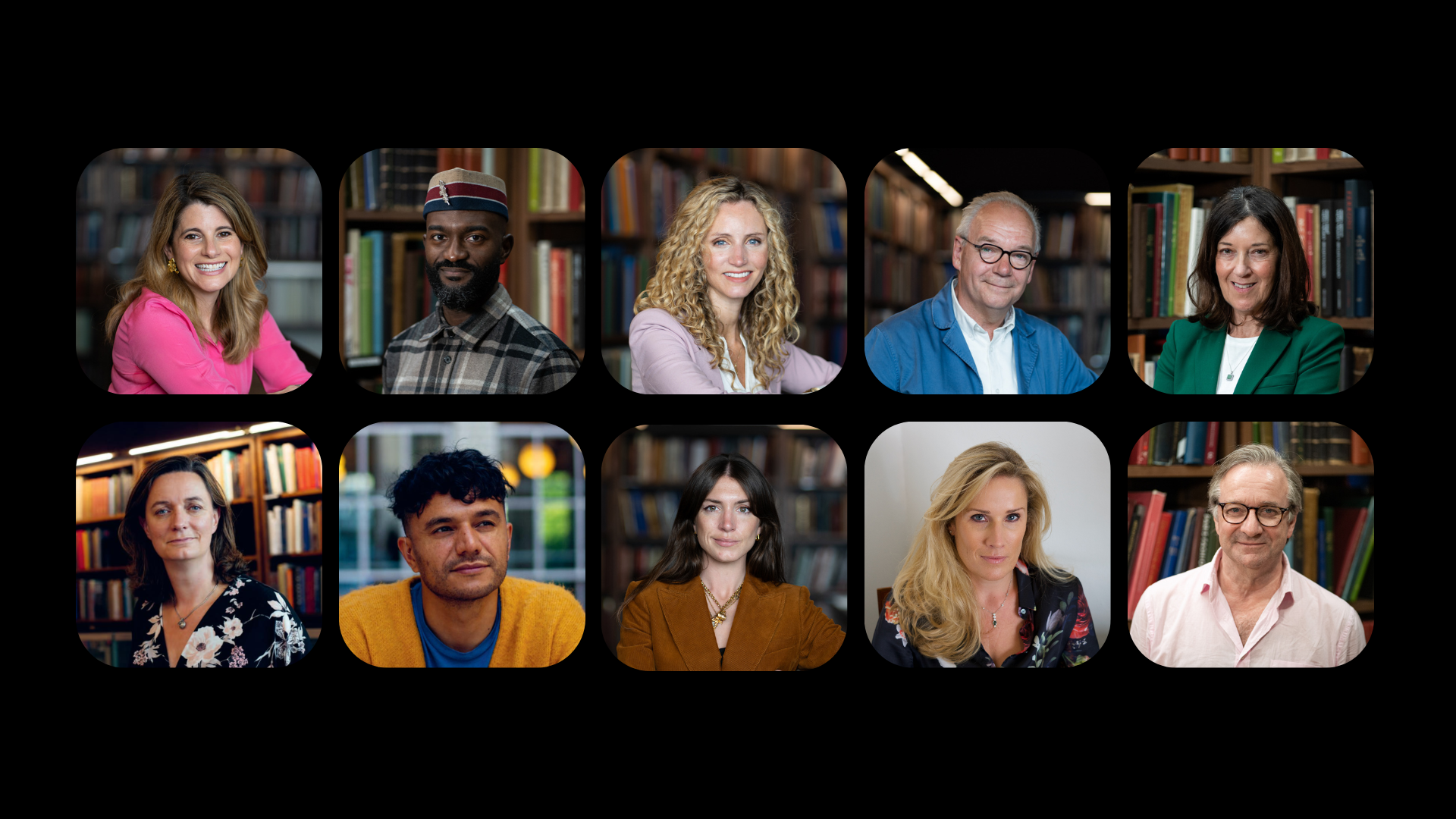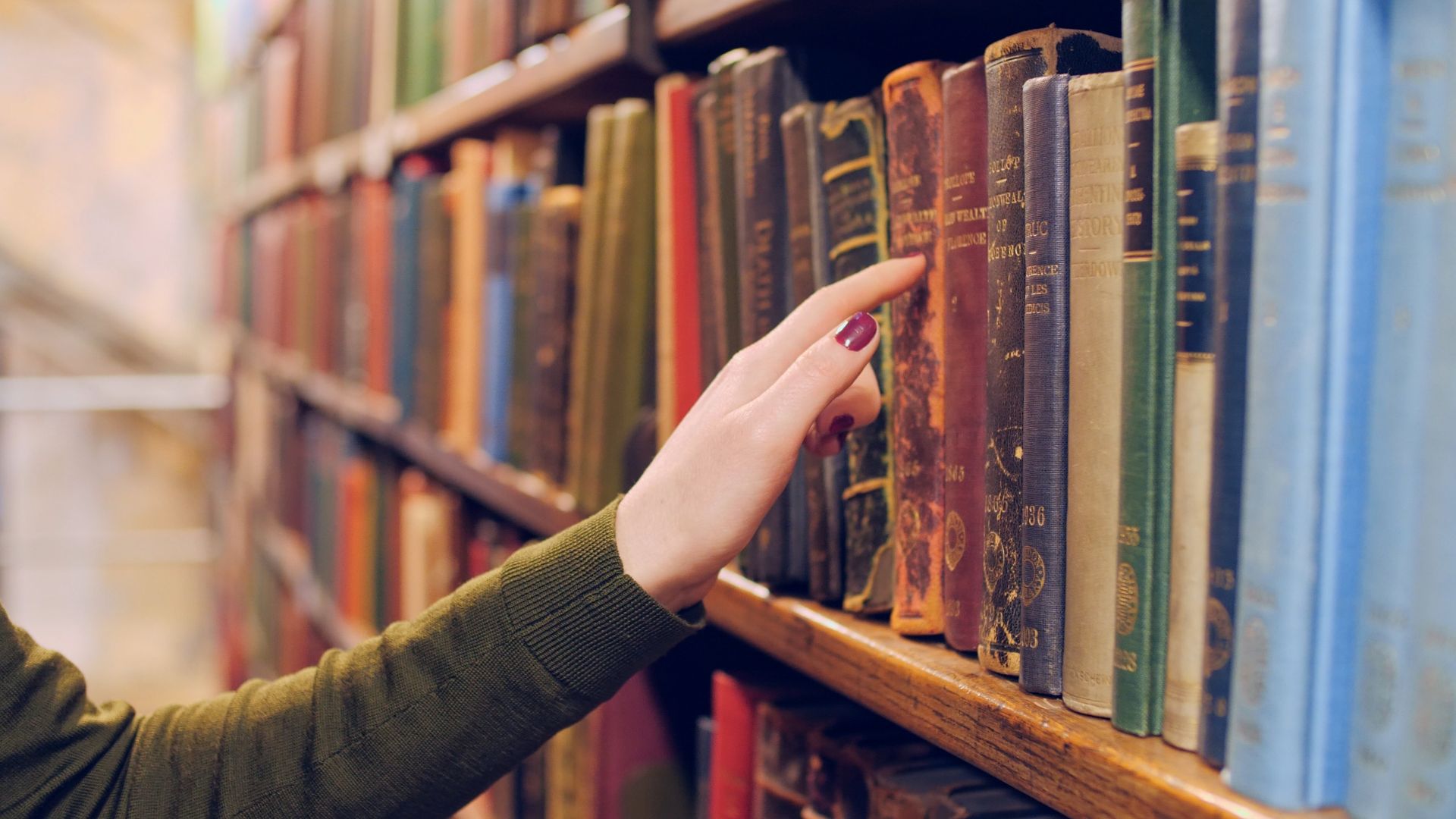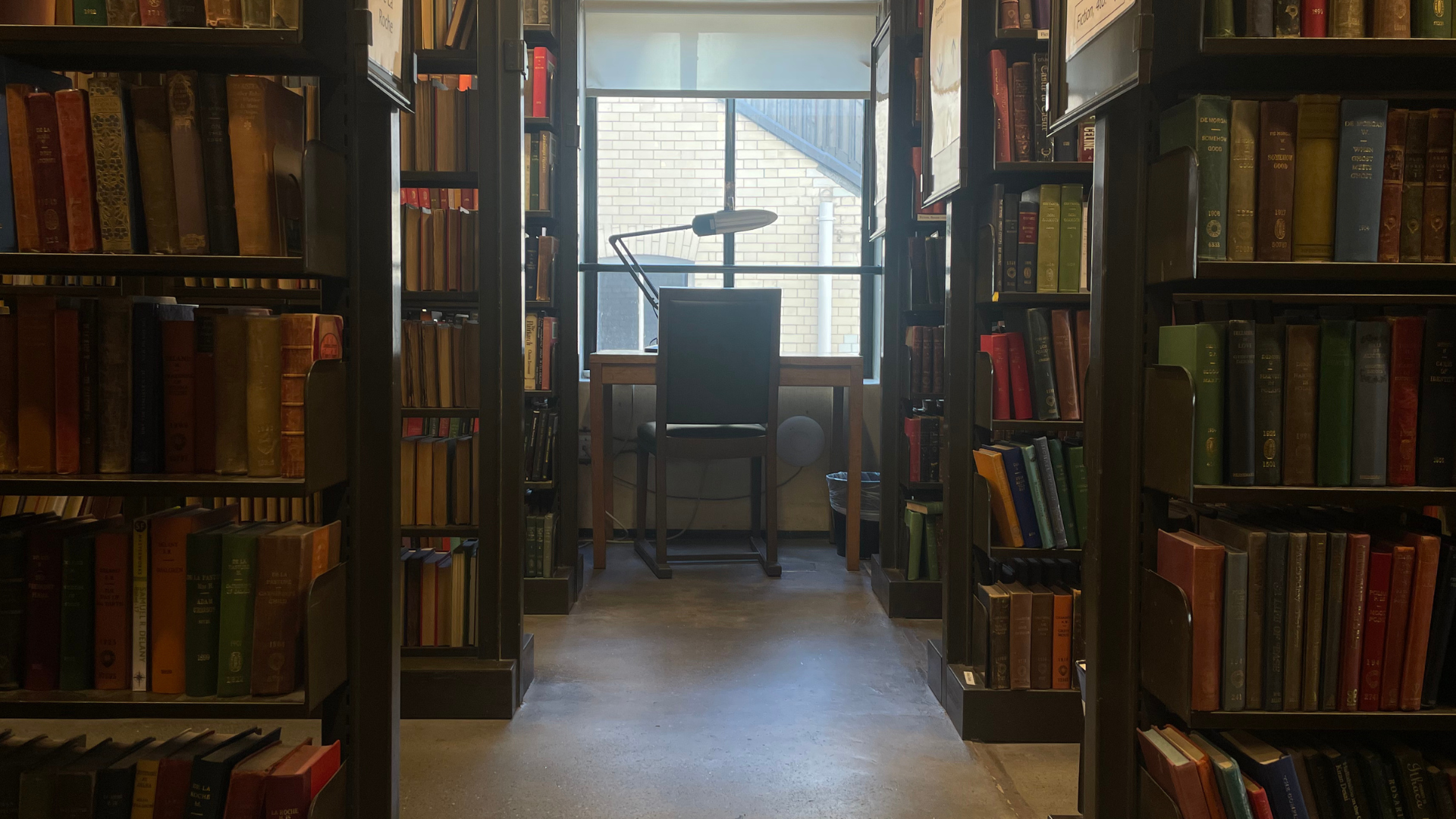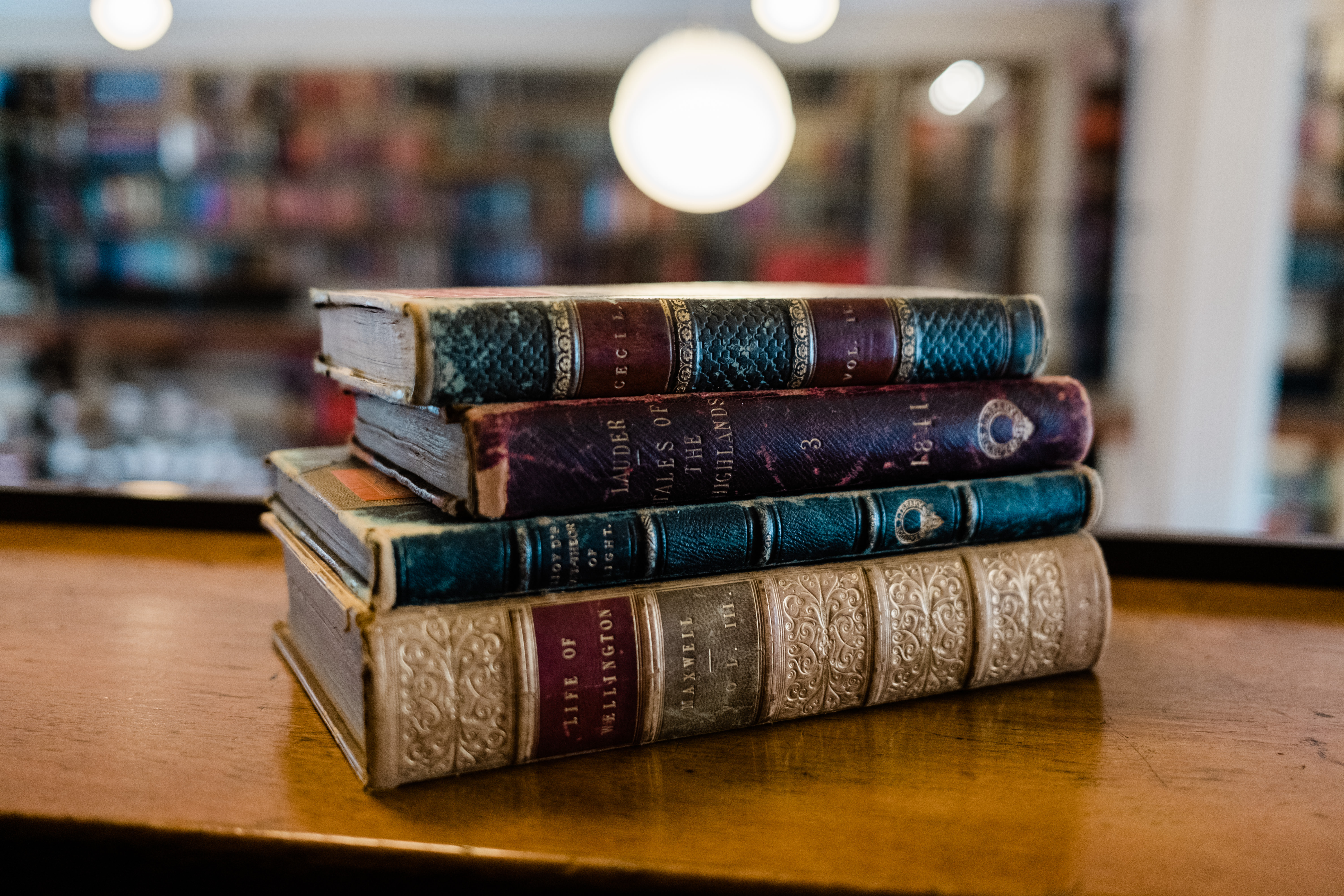Helen O’Neill’s journey into the Library’s archive continues. In this second instalment, Helen discovers the Victorian membership records of some leading writers and thinkers – members who reflect social and cultural themes of the era…
We started our archival journey last month with four 20th century membership records. Over the last couple of weeks I have been getting to grips with the Victorian membership records and so here are eight records which date from 1841 and 1875 which reference some of the major scientific, literary, social and political themes of the 19th century.
The early membership records are a simple numerical list of the names and addresses of subscribers as shown in the entries for Charles Darwin and William Makepeace Thackeray.
Occasionally the early records include additional information as in the 1844 entry for Henry James, theologian and father of the American novelist.
In the bottom left of the entry is the name of the Library’s instigating force Thomas Carlyle. This practice of including the name of the person introducing, nominating or vouching for the applicant rapidly becomes a standard inclusion in the records as can be seen in the entry of Miss Lynn in 1857.
Suffrage and the position of women were hotly contested issues in the Victorian era and no-one contested them more vociferously in the mainstream press than Miss Lynn. She is a contradiction and a conundrum: a woman with a ground-breaking career as a salaried journalist she popularised debate about the changing role of women through her articles in the Saturday Review. Her “Girl of the Period”piece became a catchphrase which passed into common parlance, even shortened to G.O.P in the mainstream Press, but she was adamantly opposed to those she termed the “screeching sisterhood”. In 1854 Dickens published her article “Rights and Wrongs of Women” inHousehold Words and in 1856 he purchased Gads Hill Place from her, realising a childhood aspiration.
A number of Dickens’ close friends appear in the early records including the painter Daniel Maclise; the theatre actor and manager W.C. Macready; and his confidant and biographer John Forster. Dickens himself appears on the Library Committee in 1847 alongside John Forster, who remains on the Committee into the 1870s.
In 1862 Darwin nominates George Drysdale, an early advocate of contraception and promoter of women doctors. He also introduces his eldest son William who was the infant object of detailed observational study by Darwin which was referenced in his 1872 work The Expression of the Emotions in Man and Animals.
For good measure I have included the membership records of Alfred Russel Wallace because he is an interesting mix of social reformer, scientist and spiritualist; and Mrs Oliphant because she is introduced by the publisher John Blackwood – and the mix of publishers, editors, literary agents, writers, illustrators and reviewers in the records is of interest not least because this is the time of the ascendancy of the novel in the literary marketplace and the huge expansion of writing opportunities through the periodical press.
It is no surprise to find that the women’s rights campaigner, Helen Taylor (1831-1907) was introduced to the Library by her step-father John Stuart Mill. This record dates from 10 March 1873, a month before Mill died.
Mill credits both his wife Harriet and his step-daughter in hisAutobiography (1873) asking all who consider his work to see it as “the product not of one intellect and conscience but of three”. Helen Taylor had an active political life and edited all of Mill’s posthumous publications and Mill left almost half his estate on his death to women’s education.
Crowe had illustrated several of Thackeray’s novels before he accompanied him on his American lecture tour (1852-1853) and it is the work he produced at this time which depicted scenes of slave auctions which appeared in the Illustrated London News. Crowe is introduced to the Library by John Forster whose literary connections, longevity on the Library committee, and small stash of letters in the archive make him a person of particular interest in the Library’s early history.
I am currently capturing the information the membership records contain in electronic format so that we will be able to search, extrapolate and analyse the content they contain rigorously. I want to find out not merely who the members of the Library were, but when they joined, who introduced them, what occupation they held at the time. I want to look at the literary, cultural and intellectual networks sitting beneath the entries using the people who nominate, propose or vouch for new members, and I want to map that network against the published work of members.
I have been struck, even in the sample of records I’ve examined so far, by the variety of occupations represented in the Victorian membership. In a single year the following occupations, among others, appear: academic, actor, advertising agent, army surgeon, authoress, barrister, civil engineer, governess, Head of a Ladies College, journalist, newspaper editor, MP, manufacturer, merchant, navy surgeon, periodical publisher, physician, spinster, stationer, student and Catholic, Wesleyan and Protestant clergy.
Capturing membership information electronically may allow us to look at the relationship between the Library and the literary life of the nation in greater detail, but it might also bring out into the light a unique and absorbing piece of social history.
Next time – Between 1857 and 1893 the Librarian, Robert Harrison scribbled snippets and anecdotes in a commonplace book of personal reminiscences. He described a particular member as “one of the most massive intellects of our times” and another as “morbidly sensitive about strangers noticing him in any way” To whom was he referring?
© Helen O’Neill

